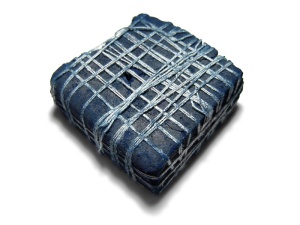A recent Curb Center report by Dr. Richard Pitt and Dr. Steven Tepper of Vanderbilt University addresses the rise of double-majoring among university students in the United States: http://www.vanderbilt.edu/curbcenter/manage/files/Teagle-Report-Final-3-11-13-2.pdf
While this report does not address STEAM specifically, it does produce conclusions that have implications for STEAM at the undergraduate level.
For a student to experience durable learning in a STEM subject, it may be useful for him or her to draw connections between the STEM subject and his or her core identity. The authors demonstrate that core identities can often lie in the humanities, including the arts.

“Double majors seem aware of the ‘status’ and ‘prestige’ of their majors. Science and economics stand out as the highest status majors (as rated, in aggregate form, by the students themselves); humanities are lower status majors. Interestingly, when double majoring students present themselves and their educational interests to parents and potential employers, they focus on their high status major. When they think about their own ‘core identity,’ they are more likely to focus on their lower status major.”
Moreover, there is the potential for greater creativity and risk-taking in STEM coursework, but this creativity is much more likely to occur for students who double-major.
“Eight percent of biology single majors report that their coursework allows them to express their creativity; but when biology is their second major 43% report that their biology coursework allows them to express their creativity. When it comes to taking risks, one percent of single chemistry majors report that they can take risks with their assignments, whereas 38% of students who take chemistry as their second major report being able to take risks with their chemistry assignments. For math majors, only one percent report that they can take assignments in multiple directions when math is their only major; when it is their second major nineteen percent report that this happens regularly in their math classes.”
This difference may be more likely in students who are more inclined to double-major because they take a variety of approaches to problem-solving, but double-majoring itself seemed to be the cause of creative ‘spill-over’ into relatively low-creativity coursework. Structured support in fields that employ greater creativity supports student creative work in STEM subjects. A STEAM approach to teaching may have a similar effect.
I encourage you to read the entire report as their findings have multiple implications for major trends in university-level education.









You must be logged in to post a comment.